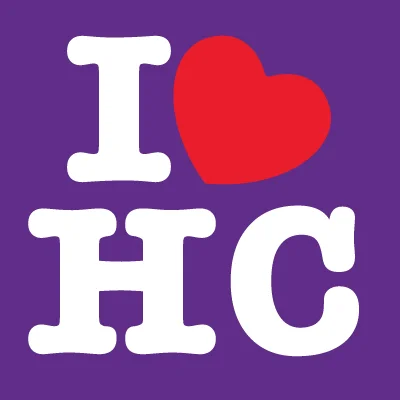We talk a lot in higher ed about how to better serve our students, alumni, and other constituents. But we seldom focus on how to better help the professionals who serve them.
That’s why Switchboard is launching the Higher Education Innovation Fellowship program.
The Higher Education Innovation Fellowship (HEIF) is a year-long program where fellows will learn from leaders across disciplines (e.g. technology, behavioral economics, nonprofits, and higher education) and practice innovation in higher education.
The fellowship includes six months of curriculum, nine days of innovation workshops at Switchboard HQ in lovely Portland, Oregon, and a six-month applied campus innovation project where fellows will put one of their ideas into action with the one-on-one guidance of a coach.
This program is designed for ambitious emerging leaders in higher education who want to learn best practices to scale innovation at their institutions. Professionals from all experience levels are welcome to apply. With a focus on constituent-facing leaders, the fellowship is designed for professionals who serve current students, alumni, parents, and friends of their institution.
We know that improvement and innovation in higher ed requires that institutions invest in the people who serve students and alumni. Higher ed is the key to economic mobility for many students and families we serve; they deserve us at our best. We’ve designed the fellowship to that end.






